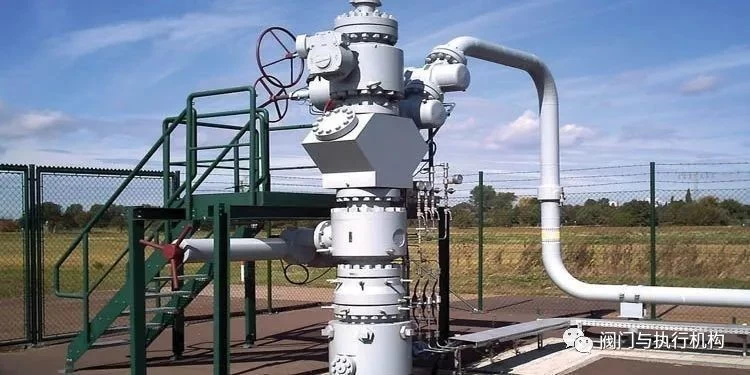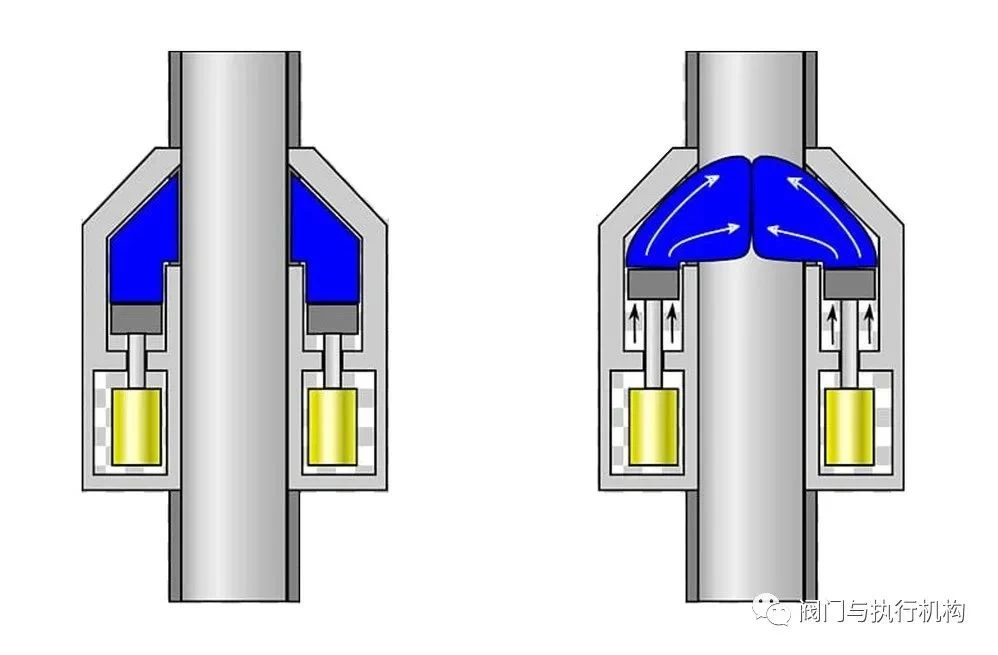Casing Valve
The oil and gas industry is the cornerstone of the modern energy market, consuming millions of gallons of fuel each year. This article will delve deeper into casing valves. We will examine the applications, basic functions, and main areas of industrial use for casing valves to assist designers in determining whether a casing valve meets their engineering requirements.
What is a Casing Valve?

Figure 1: Wellhead Assembly
Multiple casing valves are in use here, both aboveground and underground.
A casing valve, also known as a blowout preventer, casing control valve, etc., is a valve used to access the well casing. Simply put, a casing is a "straw" through which products (whether liquid or gas) are "sucked out" of the earth. These casings are telescopic, meaning they consist of several tubes with gradually decreasing diameters that fit into one another like a telescope as they reach deeper depths. They prevent collapse and seal off unwanted formations within the well. The casing valve is part of the wellhead assembly, located just above where the oil well casing begins. Casing valves provide access to the space between these telescoping tubes (also called the annular space) and prevent unwanted materials and/or movement between the casings. These annular spaces are often filled with concrete to reinforce the well, and depending on the design, casing valves can be used to pump concrete or discharge excess materials. They provide pressure relief and other safety measures and are a crucial component of oil and other drilling applications.
How Does a Casing Valve Work?

Figure 2: Simplified Diagram of a Typical Casing Valve
Note: There are additional types/methods of casing valves.
The function of casing valves depends on the manufacturer and specific application but typically involves interaction with the annular space. They are also used to reduce or close the diameter of the pipeline transporting products to decrease its pressure (remember that as flow area decreases, velocity increases, and pressure decreases, much like putting a thumb over a garden hose). Figure 2 shows how a basic piston assembly can be used to push fluid out of the casing space and direct it to the surface. These pistons can also connect to an annular device to seal the casing, preventing hazardous hydrocarbons from entering the wellbore (in this case, the casing valve is known as a Blowout Preventer or BOP). In other applications, the casing valve simply provides access to the space between the casings, which is useful for specific applications. They are also used to relieve differential pressure, as they can withstand high pressure and high temperatures.
Specifications
Specifying a casing valve requires not only understanding the system to which the casing valve belongs but also the regulations, safety measures, and other considerations for the area in which it is used. This section will briefly outline the basic specifications for casing valves, but note that these specifications should be discussed with drilling experts, experienced well manufacturers, and/or contracted suppliers. Casing valves are part of a larger system, so their specifications heavily depend on that system.
Valve Type
Depending on your application, you may need to set up a unique casing valve. Ensure you understand the expected function of the casing valve, how it should be responsibly used, and any additional functions it should perform. The selected valve type should be jointly reviewed by well designers and suppliers to choose the correct model.
Actuator Type
Ensure that you select the correct actuator for your casing valve; this largely depends on the wellhead, intended use, and other factors. This choice can range from something as simple as a manual knob to a more complex electronic drive system—whatever is required, make sure it is included in the specifications sheet.
Pipeline Size + Rated Pressure
Wells typically use larger pipelines and high pressure, resulting in higher flow rates. By specifying the estimated pipeline size and correct pressure range for the selected casing valve, ensure that the valve can handle these dimensions and pressures.
Materials + Safety Features
Wells interact with hydrocarbons, chemicals, sediments, and gases that can erode equipment over time; valves are particularly susceptible as they frequently interact with process fluids and are common points of failure. Ensure that the specified casing valve is made of materials capable of withstanding repeated exposure. Additionally, take safety measures to prevent catastrophic failure if the casing valve malfunctions. If mishandled, drilling operations can quickly turn into environmental and/or financial disasters, so it is essential to specify each component (including casing valves) to the highest safety standards.
Application
As mentioned, casing valves are integral components within the wellhead and are a primary component in most drilling operations. Casing valves interact with the annular space between casings, making them access points for cementing, lubrication, and safety measures that otherwise could not be performed. Casing valves have numerous uses in the drilling field, but the list below highlights their most common applications.
Notable applications of casing valves include:
Natural gas applications
Onshore wells, offshore rigs, and subsea wells
Safety systems for large-scale drilling applications
Blowout preventer (BOP) systems
And more
Besides above systems,Cowinns is one of C63200 ball valve supplier,and we can design and manufacture the nickel aluminum bronze valves for seawater application.
 +86 512 68781993
+86 512 68781993 


















